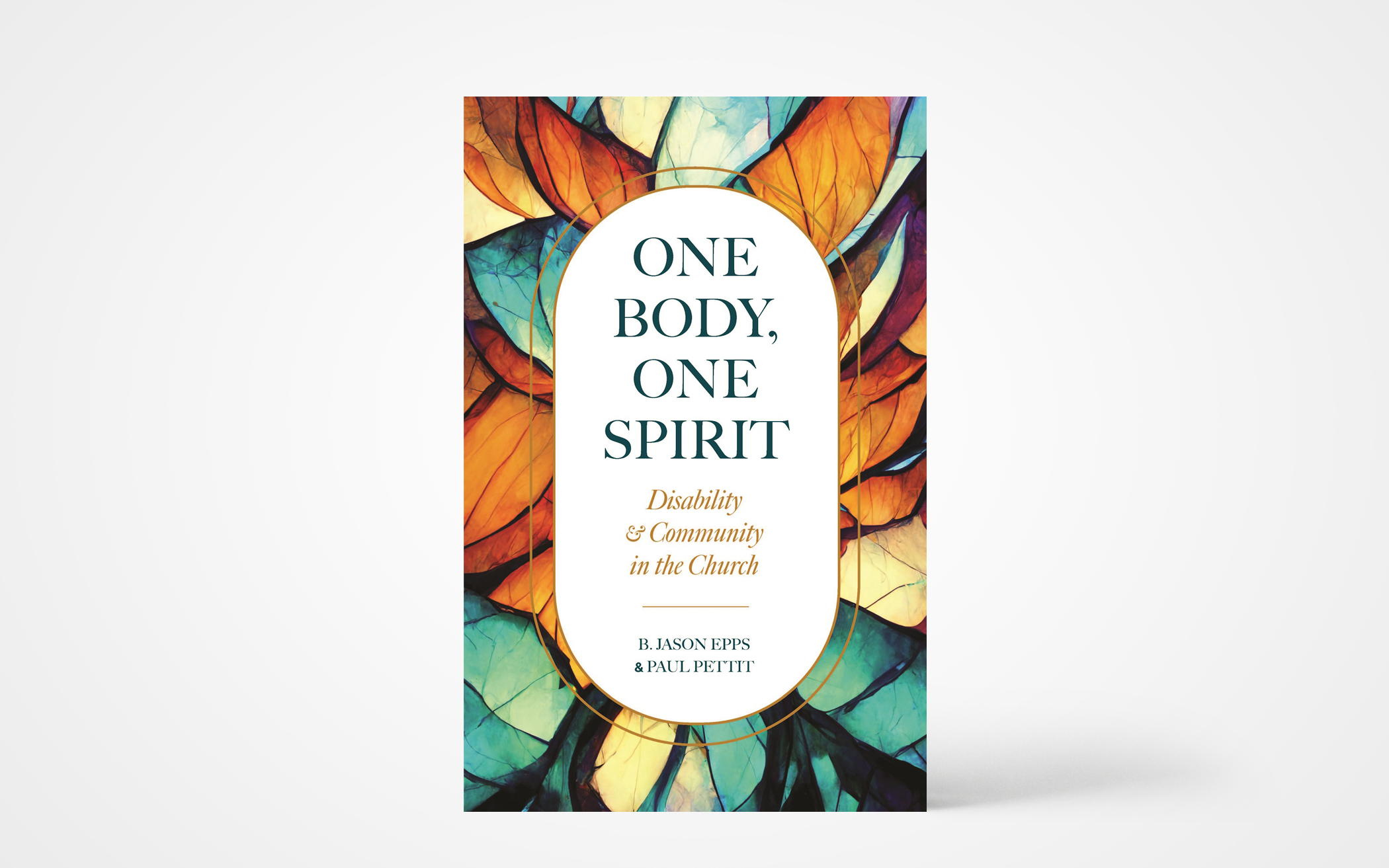This award-winning guidebook is a collaborative effort shared by two people who started out as colleagues and came away as friends. When Jason Epps came to Paul Pettit with a serious question concerning how people viewed him as a person with a disability, Pettit tried to give Epps an honest and equally serious answer. Epps wanted to know why people with disabilities are not typically considered good candidates for church leadership positions. A series of discussions between Epps and Pettit led both men to conclude that the Western church still has a problem when it comes to integrating people with disabilities and seeing them as people who can serve as assets and advocates to their faith communities.
Right from the beginning of this book, Epps and Pettit agree that disability is a very broad category with as many nuances and distinguishing factors as there are people with disabilities. As a person with spastic diplegia, a form of Cerebral Palsy, Epps is especially aware of people who are trying to fit between two worlds: people who don’t fit within the context of a typical “church disability ministry,” but who also might be sidelined by other people.
Some books on disability ministry and disability awareness focus on physical or intellectual barriers to community connection; this book focuses primarily on social barriers disabled people face while striving for meaningful connections. Epps and Pettit argue that many people, pastors and lay people alike, do not meaningfully engage in ministry with people with disabilities because they do not want to be inconvenienced by disability. They are hesitant to engage in efforts or relationships that might force them to reconsider how activities are conducted or connections are formed. They are uncomfortable with the unknown and make excuses, both of which prolong their ignorance.
In presenting their model, Epps and Pettit are heavily relationship-focused. They argue there is no one-size-fits-all model for disability ministry because there is no one-size-fits-all disability. People with disabilities within the church community might not need or welcome being segregated into their own special groups if the church is called to represent one body and one spirit in Christ.
Relational models for successful integration of people with disabilities are intentional, but they can grow and flourish organically and naturally; they are not forced or restrained by a given set of rules or practices. Genuine relationships happen person by person as people embrace vulnerability and invest in the lives of each other.
A major part of this book is dedicated to establishing relationships between people, whether they have a disability or not. Epps and Pettit highlight five basic principles for relationship building: notice, engage, research, integrate, and advocate. The authors talk freely about the pitfalls and practicalities of each principle and stage. They tell how their views coincide with or differ from other research they have cited or undertaken. They point out that there is no perfect system, no perfect people, and there will be no perfect church.
One of the most helpful reminders is the reminder that each believer should base their identity and acceptance in Jesus Christ, regardless of whether they have a disability or not. (Kregel)
About the Author
Amie Spriensma is an online chaplain for ReFrame Ministries and a regional disability advocate for the CRC. She lives, works, and worships in Allendale, Mich., where she is a member of Rusk CRC.









